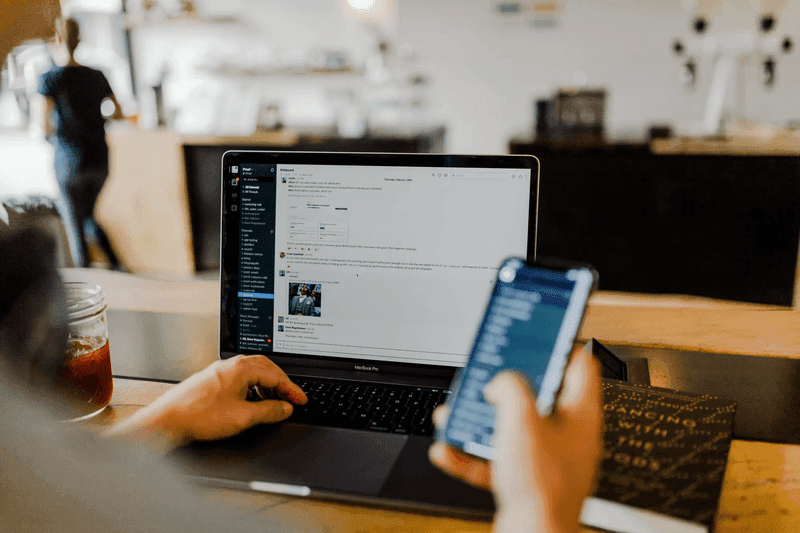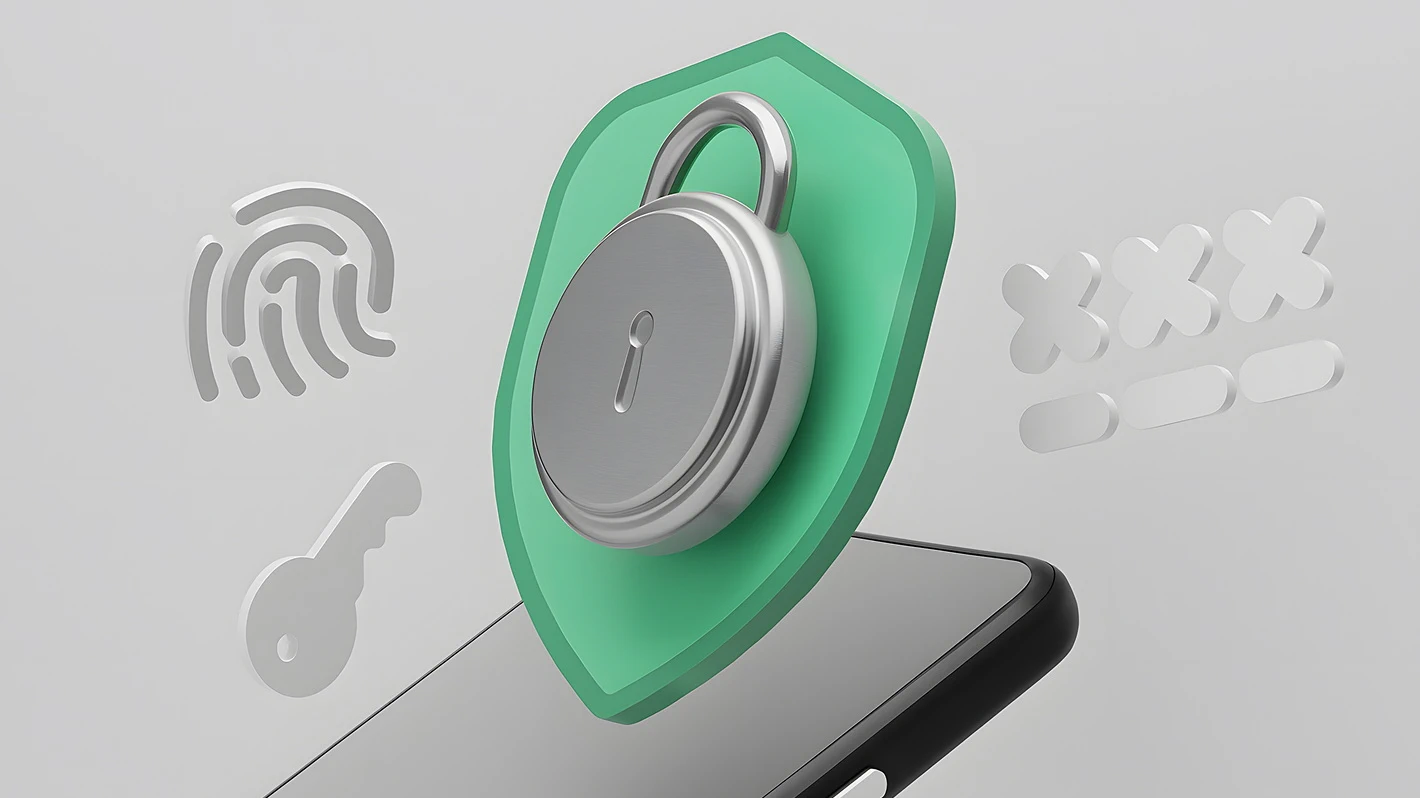
The only constant in business is change. What works one quarter may be obsolete by the next quarter, and the company that maintains flexibility in the face of shifting markets is the one that will thrive. Microtasking — the process of breaking a given task into smaller tasks — is a strong tool to address that constant state of adjusting and readjusting. With businesses still assessing the impact of the COVID-19 pandemic and the profound changes it wrought, this technique can be an invaluable means of streamlining your efficiency and meeting the future head-on.
Microtasking services usually involve data gathering and analysis and then examining the information in ways that automated or computer-driven analysis can’t. They entail simple tasks that can be logged and reported, operating in conjunction with a larger system. It can involve anything from monitoring security camera feeds for potential break-ins, to providing phone-based customer services, to labeling data for future reference, and online content services of varying kinds. Because microtasking services can be performed anywhere, they allow employers to draw upon a worldwide workforce, connected to the base company and paid automatically through the internet. Workers can often perform such jobs from home, which has become increasingly normal since the pandemic and can save considerable money on office space and similar costs.
Depending on the nature and needs of your business, a microtasking partner might be the ideal way to streamline operations and expand your scope. More importantly, it can enhance your business’s flexibility, allowing you to face whatever the future might hold with the right tools for the job.

Put very simply, microtasking is the breaking up of larger tasks into multiple smaller easier tasks. While at first glance this may seem like a painfully simplistic solution, the key to this tactic’s ingenuity is in the technique. The brevity and comparative ease of the task mean that it can be performed quickly anywhere, allowing for useful work to be completed even when attention spans are diverted. And the inherent flexibility allows microtasks to be undertaken during all hours of the day, eliminating more traditional notions of a workday.
This kind of casual microtasking is effective because it accounts for the countless distractions and demands on our attention in an online age. Traditional office inefficiencies such as procrastination and social media distractions can easily destroy the effective progress of more complicated tasks. And it’s not simply a matter of eliminating distractions. The very nature of business requires constant distractions, with emails, text messages, social media interactions, and various forms of web surfing a necessity of day-to-day work. There is simply no way to separate one from the other: it’s the nature of the internet.
Microtasking allows effective work to still take place amid such distractions. Smaller, repetitive or simple tasks can be performed quickly, and — if they can be integrated into the fabric of the work day — will not be unduly disrupted by the myriad of potential distractions. It works within our individual habits in the course of daily work by embedding tasks within the cycle of distractions rather than trying to break or disrupt that cycle. The results not only improved efficiency overall, but when leveraged properly it can increase employees’ productivity considerably. Studies have shown that engaging with microtasks better assists in the progress of larger tasks: pulling employees away from the myriad distractions and helping them to re-focus.
Importantly, certain kinds of tasks simply cannot be left to automation, and while computers are capable of increasingly sophisticated functions, they are still a long way from the capabilities of the human brain. Computers can help plan for microtasking, however, and ensure that such operations function the way they are intended. Artificial intelligence programs can analyze larger, more sophisticated operations and assist in the process of “decomposition” by reducing it to small manageable microtasks in specified amounts in order to meet stated goals.
But microtasking goes beyond that. AIs can determine which specific microtasks are best suited to each worker, based on data such as past performances and the personal working habits of the individual. This allows it to target points in the workday most conducive to productivity, and even the type of microtask best suited to the employee’s work habits at the time. For example, some employees may be well suited to visual tasks such as determining product categories by type or labeling images with certain keywords. Others may work better in phone call campaigns speaking to customers and conducting surveys.
When applied on a wide scale over the entirety of an organization, the effects can be transformative by not only allowing work to be accomplished at a much faster rate but also allowing employees to establish the most effective patterns for their work habits and make the most of them.
What are the Benefits of Microtasking in BPO Outsourcing?

BPO outsourcing is a complex question the issues surrounding it don’t appear to be going away anytime soon. The benefits of microtasking in such an environment can and should be tailored with both the company and its workers in mind. The good news is that such compatibility can be achieved quite readily with the right microtasking plan, allowing everyone to enjoy the advantages of the strategy.
What are those advantages? The precise answer depends on the nature of the business in question, although several applications across a wide scale can improve the bottom line of any company, regardless of their industry.
- Flexibility. Microtasking requires very little in terms of equipment — a link to the internet is sufficient — which lets workers perform the task and get paid regardless of where they are in the world. This allows them to work at home on their own schedule while maintaining any other obligations they need to in their lives. Flexibility applies to the manner of work as well. Many microtasks can be tailored to suit the work habits of individuals, allowing them to maximize their efficiency while maintaining the flexibility to attend to other matters.
- Viable Career Advancement. The traditional knock against low-skill work is that it provides little opportunity for advancement. Proper microtasking, however, offers numerous such opportunities as workers educate themselves on the inner workings of a business’s operation. Multiple task options allow them to diversify while still performing productive work, and employers looking for promising candidates within a given organization will have a field that is already well-versed in the process.
- Low Barriers to Entry. Microtasking requires a human being — its very nature demands it since it’s a task that cannot be automated — but beyond that, it can usually be performed by anyone with very little training. The inherent flexibility of microtasking means that skillsets can be picked up and learned very quickly and that employees suited for one microtask can transpose to another with little difficulty. That makes it very easy to enter the process and to continue it in the face of other demands and distractions.
- Improved Productivity. By working within the natural rhythm of online distractions instead of fighting them, microtasking allows more productive work to be accomplished in a comparatively shorter amount of time. A study by Microsoft concluded that — because individual microtasks are so quick to accomplish — there is little chance to be interrupted or distracted. As a result, productivity improved on a widespread level, and the process of breaking up larger tasks into microtasks had a similarly transformative effect on those projects as well.
What Is the Future of Microtasking?

While the individual functions of microtasking are simple, the potential applications are limitless. As business continues to move forward into the 21st Century, microtasking will grow along with it. Already, we’re seeing real-world microtasking using freelance workers to match the needs of local proximities. Microtask marketplaces and crowdsourcing platforms are expanding, offering services of all varieties for a set fee and helping to connect workers with employers who require their skills. Website usability tests and other forms of microtasking perform easy and efficient quality control, allowing companies to improve their products and services at a minimal cost.
This all speaks to an increasingly complex business environment where microtasking and microtasking strategies play a key role. And because they affect workers and companies alike, smart microtasking services ensure that the benefits are felt among those performing the microtasks as well as those who need them performed. As a result, businesses view their workers as assets to be developed rather than resources to be exploited, while workers have the option of finding microtasks that work for them and integrating them into their workflow. These traits are only expected to expand in the future, as the global economy becomes more and more integrated and the need for efficient solutions like microtasking increase.
This also includes integrating other technological advancements into microtasking as well. Computer software can platform a systemic microtasking package, enabling machine learning and increasing the efficiency of operations such as verification and data modeling. That allows your business to grow with its needs while incorporating new divisions and operations with ease. The long-term benefits can benefit any organization interested in long-term strategy solutions:
- Customized Workflows. Microtasking allows you to meet your individual needs with the flexibility to adjust to any changes, no matter how unexpected. It establishes an organization unique to your goals, with workflows defined by the specific endpoints you require. A strong foundation makes the process exponentially easier moving forward.
- Scaling Workloads Means Scaling Costs. A systemic microtasking service removes the burden of microtasking from employees, allowing them to focus on other projects. This further allows the business to scale its costs with ease: aiding in the budgeting process and allowing considerable savings with no loss in productivity. Reward programs can include alternative incentives such as products, which allow for further cost management.
- Manageable Workforce. A microtasking service provides a scalable workforce that remains 100% in-house. This in turn helps enhance security by limiting outside agencies, as well as ensuring quality control with checks and redundancies to reduce the chances of any mistakes.
Such benefits speak to the flexibility required to compete in a global marketplace, and the ability to adjust to new changes in the workforce and market alike. Once implemented, it provides a go-to solution for a variety of challenges, and with the right partner service, those benefits can continue to power your business well into the future.
Conclusion
The need for microtasking services is growing daily, and with global business on the move with the slow retreat of COVID-19, now is the time to take advantage of the kinds of benefits a good microtasking partner can offer. Helpware provides just such a service, designed with flexibility and the global marketplace in mind. Our microtasking platform services encompass a wide variety of fields and have helped some of the biggest companies in the world reach their full potential.
We build customizable support teams for modern businesses, designed with our partner companies’ unique needs in mind. We provide multilingual support with teams fluent in over 20 languages, ensuring that customers in other countries can receive the support they need. That also includes customer support services designed to handle technical issues and more general customer support designed to provide individuals with the help they need quickly and painlessly. Our customer services work to upsell as well, establishing long-term clients via dedicated techniques.
Our Taskware software provides machine learning, trained and overseen by humans to allow all manner of back office activities. That can include content moderation on company sites, insurance, and transportation verification services, and all manner of comparison, categorization, and image annotation services.
Use Helpware for BPO Solutions
Helpware is built to provide microtasking solutions to a wide variety of businesses. We set out to change the notion of what outsourcing can be and know how to make businesses thrive while keeping their employees happy and healthy. We’ve served over 150 clients and handled tens of millions of tasks from 9 offices around the world. If you need the right partner for your microtasking solutions, contact our team today!












